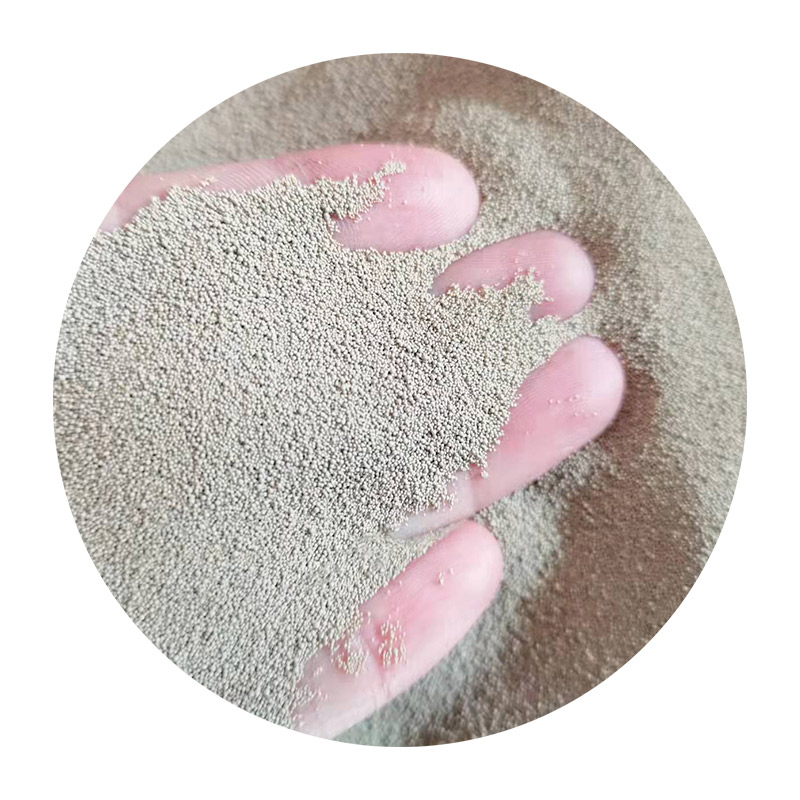The Art of Resin Sanding A Guide to Perfecting Your Projects
Resin art has gained immense popularity over the past few years, captivating crafters and artists with its versatility and stunning finishes. One of the key processes in achieving the perfect resin project is sanding, a vital step that can make or break your work. Whether you are creating coasters, river tables, or jewelry, understanding the principles of resin sanding can take your creations to the next level.
Why Sanding is Important
Sanding is crucial in resin work for several reasons. First, it helps to create a smooth and polished surface that enhances the visual appeal of the final product. Resin can sometimes have imperfections, such as bubbles or uneven spots, that become more noticeable once it cures. By sanding these areas, you ensure that your finished piece looks professional and well-crafted.
Moreover, sanding can improve adhesion for subsequent layers of resin. If you plan to add additional epoxy coats or details to your project, a well-sanded surface can provide better grip, reducing the chance of delamination.
The Sanding Process
The sanding process for resin is relatively straightforward but requires patience and the right technique. Here are the essential steps
1. Waiting for the Right Time After pouring your resin, allow it to cure fully according to the manufacturer’s instructions, typically about 24 hours. Ensure it is completely hard before you begin sanding to avoid gouging the resin.
resin sanding

2. Gathering Tools You will need various grits of sandpaper (ranging from coarse to fine), a sanding block or pad, water (for wet sanding, which is recommended for reducing dust and achieving a smoother finish), and a vacuum or brush for cleaning dust.
3. Starting with Coarse Grit Begin with a lower grit sandpaper (around 120 to 220 grit) to remove any major imperfections. Sand in a circular motion or back and forth gently, ensuring you apply even pressure. Take your time to avoid sanding through the resin.
4. Progressing to Finer Grits Once the surface is relatively smooth, switch to a medium grit (around 400 grit) and then move to finer grits (600, 800, or even up to 1500 grit). Each progression should be more gentle than the last. Wet sanding during this phase can help keep the surface lubricated and minimize scratches.
5. Final Polishing After achieving a smooth finish with fine grit sandpaper, you can polish the surface using a resin polish or a soft cloth. This step enhances the shine and brings out the beauty of the resin.
Tips for Successful Sanding
- Always wear a dust mask and goggles to protect yourself from fine particles. - Use a stable and flat work surface to ensure even sanding. - Make sure to regularly clean the surface of your project to avoid dust buildup. - If working on a complex shape or curve, consider using a foam sanding pad, which can conform better to the surface.
Conclusion
Sanding resin may seem like a daunting task, but with practice and the right approach, it can be one of the most satisfying aspects of the crafting process. By taking the time to sand properly, you enhance not only the aesthetics of your work but also its durability. So, the next time you embark on a resin project, remember that sanding is not just a chore – it’s an art form that can elevate your creation to new heights. Happy crafting!
Post time:ഡിസം . 10, 2024 14:04
Next:3d printing patterns for sand casting
